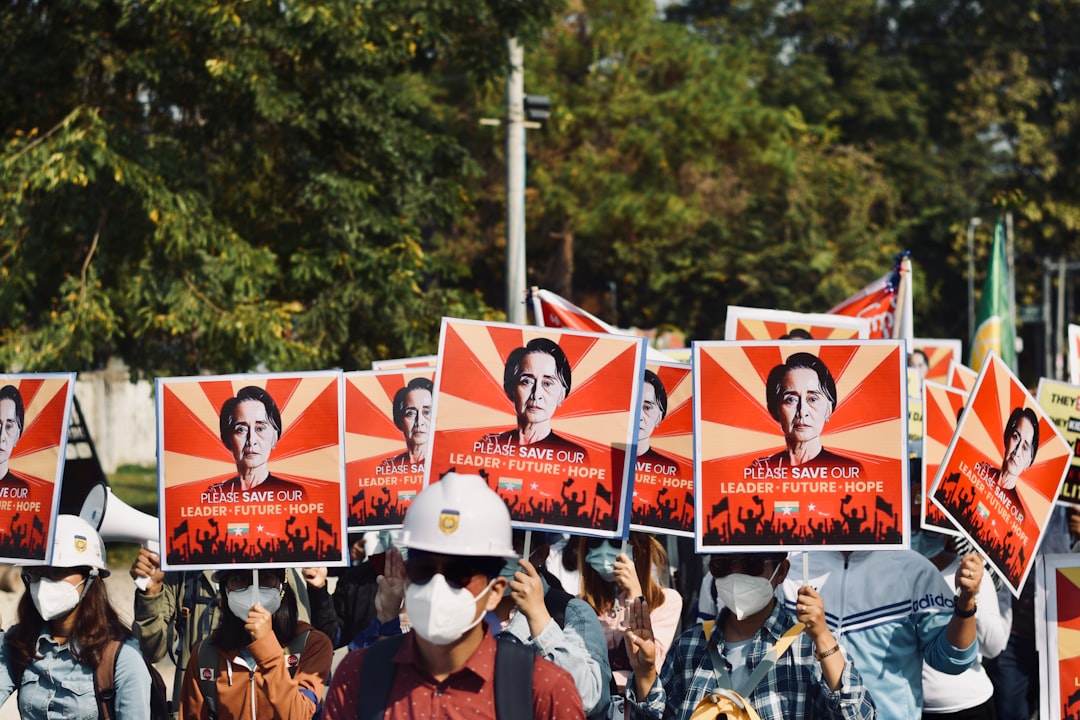Democracy in the Rearview Mirror: Is Japan’s Political ‘Stability’ Actually Stagnation?
When the dust settles after a bruising election, most leaders are shown the door—or at least the emergency exit. Not so for Japan’s embattled Prime Minister, Shigeru Ishiba. Despite an electoral slapdown that would unseat politicians in countless global capitals, Ishiba remains stubbornly behind the wheel, gripping the controls of East Asia’s economic powerhouse. But should democratic “stability” in Japan look so much like paralysis? Or is this just the latest symptom of a political system refusing to reboot?
The Paradox of Power: Stability vs. Accountability
In many functioning democracies, an election loss—especially a “bruising” one—serves as a referendum on leadership. In Japan, however, the political machinery often rewards endurance over innovation. Prime ministers, rather than being toppled by voter discontent, are kept afloat by about as much energy as it takes to power a fluorescent salaryman’s cubicle.
| Perspective | Argument in Favor | Argument Against |
|---|---|---|
| Political Establishment | Stability is key for Japan’s prosperity; sudden changes risk economic turmoil and global credibility. | Lack of turnover entrenches bureaucracy, fuels corruption, and alienates young voters. |
| Reformist Voices | True democracy demands accountability. Voters should have the power to force change when needed. | Too-frequent leadership change risks policy inconsistency and undermines long-term reforms. |
| Ordinary Citizens | Some value the predictability of steady leadership, especially amid global uncertainty. | Others feel their votes are rendered impotent, fueling apathy and disillusionment. |
Who is Shigeru Ishiba?
The “persistent pragmatist,” Ishiba carries the reputation of a technocrat who rose through the ranks of the ruling Liberal Democratic Party (LDP) by promising moderation and reform. Yet, his tenure has often been marked by incrementalism rather than bold shifts. Japanese leaders, shaped by the island nation’s culture of consensus and avoidance of confrontation, are notorious for clinging to office long after their popularity tanks—a phenomenon dubbed the “teflon premier” syndrome.
The Faultlines Beneath the Calm
Japan’s façade of stability masks deep currents of discontent:
- Youth Disenfranchisement: Japanese youth voter turnout is among the lowest in developed economies—often cited as evidence that political outcomes feel predetermined.
- Aging Electorate: Policies overwhelmingly favor older voters, leading to chronic underinvestment in innovation and childcare.
- Gender Gap: Japan consistently ranks poorly in global gender equality indexes, as its political elite remains overwhelmingly male and aged.
- Economic Malaise: Decades of stagnation have made “Abenomics,” “Ishibanomics,” and other technocratic tweaks household punchlines rather than solutions.
Why Does This Keep Happening?
Japan’s political “stability” is engineered as much by design as by voter desire:
“The architecture of Japan’s democracy insulates incumbents from the full consequences of public dissatisfaction,” says Tokyo-based political scientist Prof. Mari Haneda.
The reasons include:
- Factional Loyalty: LDP power brokers prioritize internal deals over public opinion.
- Gerrymandering: Districts are drawn to dilute opposition influence, especially cities.
- Media Deference: Mainstream press avoids the confrontational interviews common in Western democracies.
A Global Outlier: Comparing Japanese Leadership Changes
| Country | Typical Response to Election Setback | Resulting Leadership Turnover |
|---|---|---|
| United Kingdom | PM often resigns after losing confidence | High (e.g., Truss, Johnson, May) |
| United States | Party leadership changes after midterms | Moderate (pressure, but not immediate) |
| South Korea | Leaders ousted, impeached, or prosecuted | Very High (high-profile scandals) |
| Japan | PM may survive even severe setbacks | Very Low (system favors continuity) |
What’s Really at Stake?
Is continuity a lifeline for Japan’s aging, anxious society, or is it the anchor dragging it further into the depths of global irrelevance? Critics argue that by holding on too long, leaders like Ishiba smother the opportunity for generational renewal—a vital ingredient for Japan’s next act.
Surprisingly, even after a “bruising” setback, public protests rarely compel resignations. The Japanese concept of gaman—enduring the unacceptable with stoic patience—may be shifting, but the political system remains stubbornly inert.
Conclusion: Clutching the Wheel, Missing the Turn
The world admires Japan for its social order, but its democracy risks becoming a museum relic—pristine yet unresponsive, durable yet directionless. Japan needs leaders who are willing to drive—risking new routes, not just circling back to safety. Otherwise, the “driver’s seat” may become little more than a high-backed office chair in an ever-shrinking room.
This article was inspired by the headline: 'Japan PM Shigeru Ishiba holds on to driver’s seat despite bruising election setback'.

Comments
No comments yet. Be the first to comment!